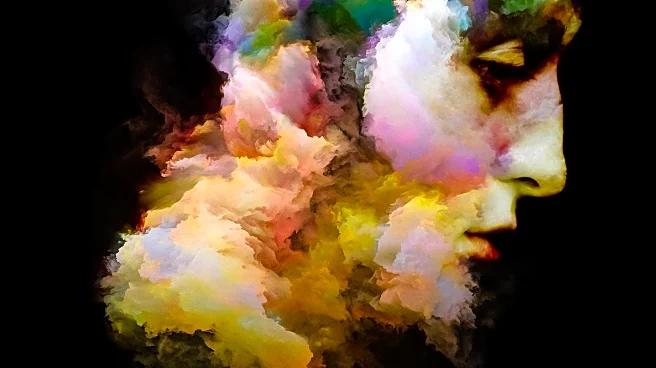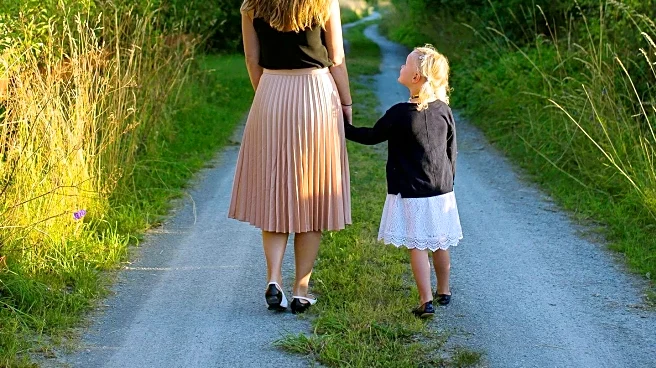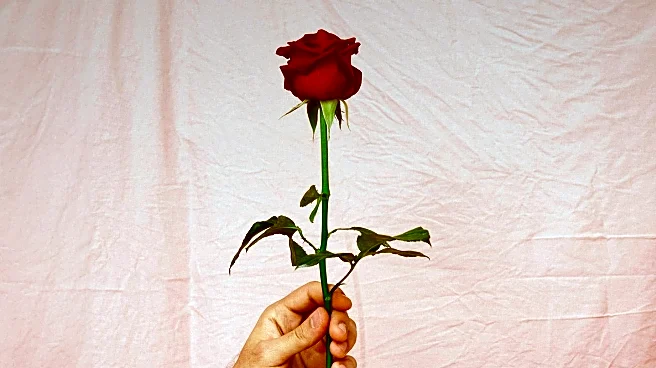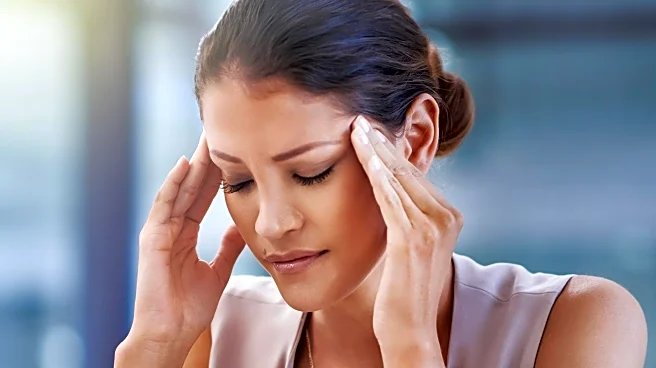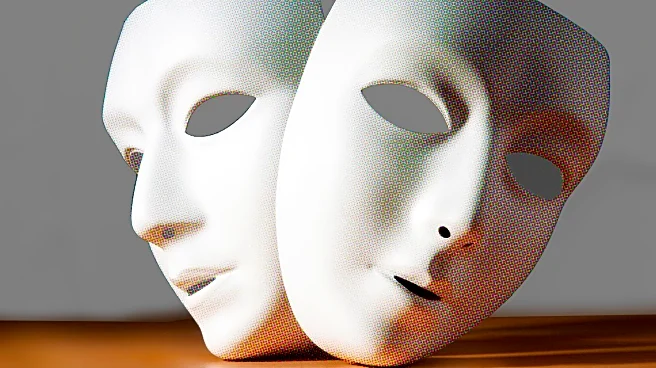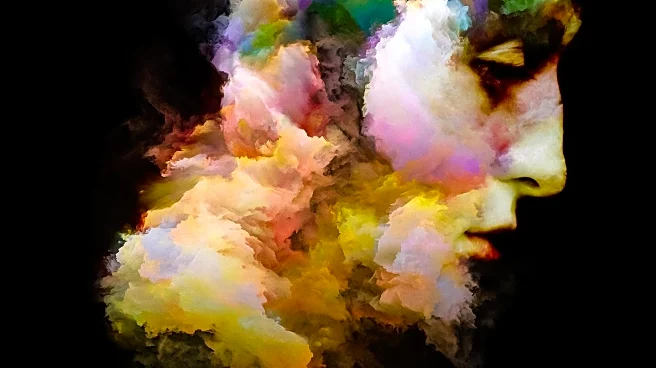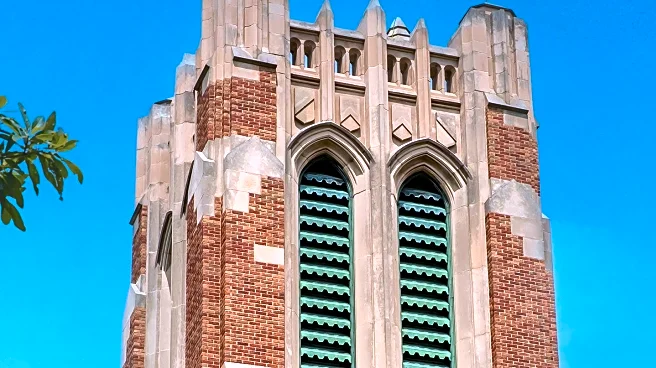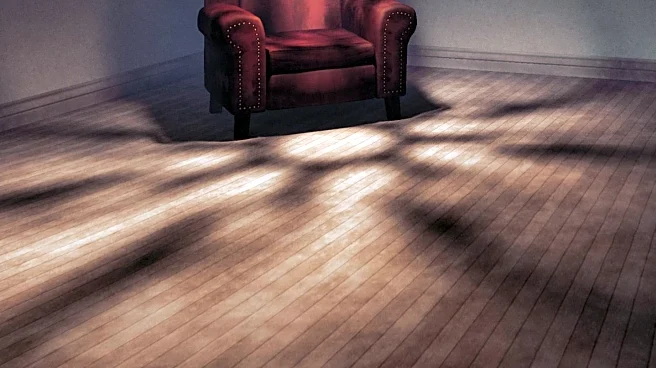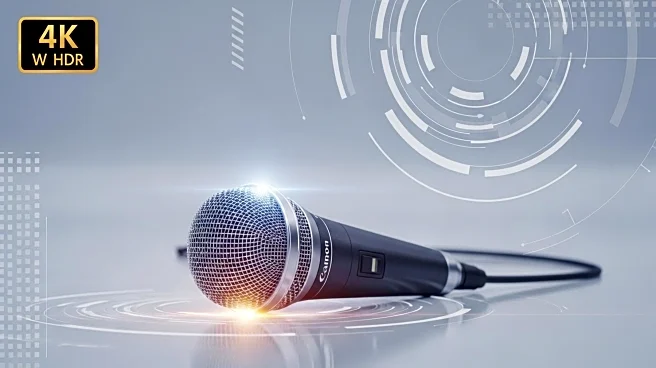What is the story about?
What's Happening?
As daylight hours decrease during the fall and winter months, many individuals experience a decline in mood, commonly referred to as the winter blues. Approximately 1 in 20 adults suffer from seasonal affective disorder, while millions more experience milder symptoms. Bright light therapy, involving exposure to light from a specialized box, is suggested as a method to alleviate these symptoms. The therapy works by resetting the body's circadian rhythms, which are influenced by morning light. Experts, including Dr. Dorothy Sit from Northwestern University, highlight that bright light therapy can be as effective as standard antidepressant medications in reducing symptoms of seasonal depression. The therapy involves sitting in front of a light box emitting 10,000 lux of light for about 30 minutes each morning.
Why It's Important?
Bright light therapy offers a non-pharmaceutical option for individuals experiencing seasonal depression, providing an alternative or complement to traditional antidepressant treatments. This approach can be particularly beneficial for those who prefer non-medication-based interventions or who experience side effects from medications. The therapy's ability to improve mood and synchronize circadian rhythms can enhance overall well-being during the darker months. Additionally, the accessibility of light boxes allows individuals to manage their symptoms at home, potentially reducing healthcare costs and improving quality of life.
What's Next?
Individuals interested in bright light therapy are encouraged to start using light boxes in the fall before the onset of the darkest winter months. Establishing a routine by using the light box at the same time each morning can maximize its effectiveness. As awareness of this therapy grows, more people may adopt it as part of their mental health regimen. Healthcare providers might increasingly recommend light therapy as a viable treatment option, potentially leading to further research and development of more advanced light therapy devices.
Beyond the Headlines
The use of bright light therapy highlights the importance of understanding and addressing the impact of environmental factors on mental health. It underscores the need for holistic approaches to mental health treatment that consider lifestyle and environmental influences. The therapy also raises awareness about the significance of circadian rhythms in regulating mood and overall health, potentially leading to broader applications in treating other mood disorders.
AI Generated Content
Do you find this article useful?


